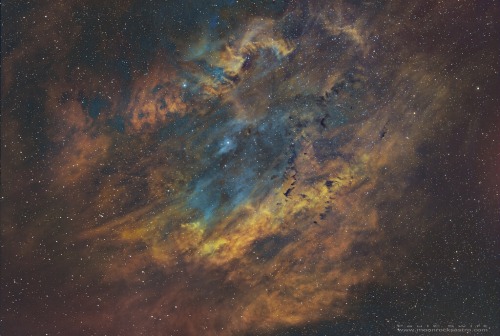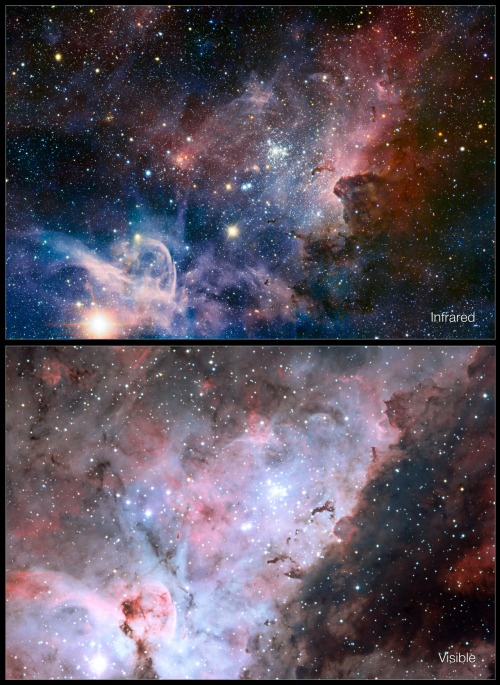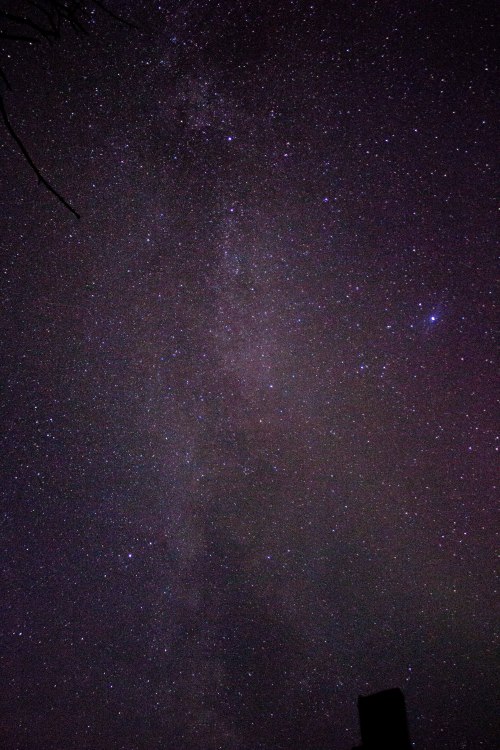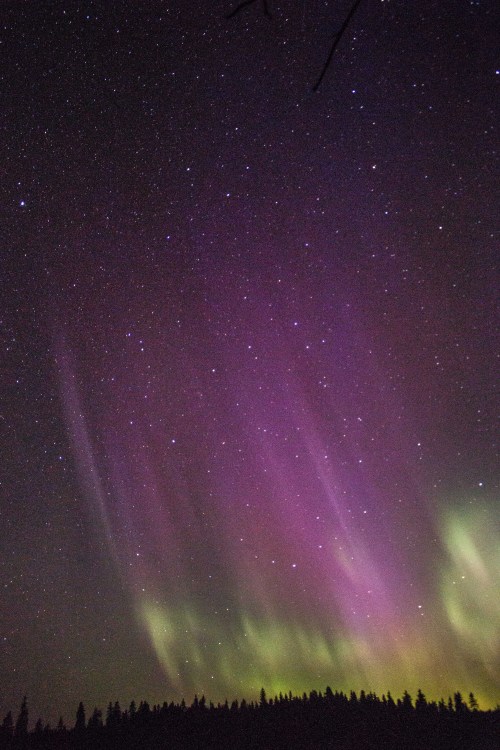Littlecadet-biguniverse - Space, Our Favorite Frontier!!

More Posts from Littlecadet-biguniverse and Others

Three LEGO Minifigures Journey to Jupiter
Did you know that the Juno mission is also one giant leap for minifigure-kind? Three LEGO crew members have set their sights on being the first toy to visit another planet, enduring the five year, 1.75 billion mile journey aboard NASA’s Juno spacecraft. One minifigure is a likeness of Galileo Galilei – who discovered Jupiter’s four largest moons. The other two represent the Roman god Jupiter and his wife Juno. Each figure has been custom molded out of aluminum to represent their special characteristics. Jupiter carries a lightning bolt, Juno has a magnifying glass to represent her search for truth, Galileo is carrying a telescope and a model of the planet Jupiter.
To me, these minifigures add a beautifully ordinary and intensely human element to this extraordinary mission.
Explore more of the LEGO Group’s partnership with NASA at LEGO.com/Space

a night with the stars will usually help
By: Jonah Reenders
Solar System: Things to Know This Week
Our solar system is huge, so let us break it down for you. Here are a few things to know this week:
1. We’re Going In

To be honest, Jupiter is kind of a monster. Not only is it the biggest planet in the solar system, but it also wields the most dangerous radiation and other powerful forces. Despite the risks, our Juno probe is going in close, because Jupiter also holds precious clues to how the planets formed, including our own. Arrival date: July 4. Watch the Juno mission trailer video HERE.
2. Moon Maps

The moon is beautiful in the sky, and also up close—sometimes even in the maps that scientists use to study its surface. Here are some evocative maps that lunar geologists have drawn up to chart the landscapes in the moon’s dramatic Tycho Crater. Take a look HERE.
3. That’s No Moon…Sort Of

The full moon we’ll see this week is not Earth’s only companion in space. Astronomers have discovered a small asteroid in an orbit around the sun that keeps it near the Earth, where it will remain for centuries. But it’s not exactly a second moon, either.
4. Power Blast

Venus has an “electric wind” strong enough to remove the components of water from its upper atmosphere, which may have played a significant role in stripping Earth’s twin planet of its oceans, according to new results from the European Space Agency (ESA) Venus Express mission by NASA-funded researchers.
5. How Green (Well, Red) Was My Valley

“Marathon Valley” slices through the rim of a large crater on Mars. It has provided fruitful research targets for our Opportunity rover since July 2015, but now the rover’s team is preparing to move on.
Want to learn more? Read our full list of the 10 things to know this week about the solar system HERE.
Make sure to follow us on Tumblr for your regular dose of space: http://nasa.tumblr.com

Sh2-119 Sharpless 119,emission nebular in Narrowband by Paul C. Swift on Flickr.

Infrared/visible-light comparison of the Carina Nebula
js


Northern lights over Nyrölä, Finland. My cousin called me last night and said “There’s no clouds over the Central Finland and it’s very dark.”. And so we drove at midnight 30 miles out of the city to get these photographs. It was magical. -Eero

M63, Sunflower Galaxy

These three bright nebulae are often featured in telescopic tours of the constellation Sagittariusand the crowded starfields of the central Milky Way.
In fact, 18th century cosmic touristCharles Messier cataloged two of them; M8, the large nebula left of center, and colorful M20 near the bottom of the frame. The third, NGC 6559, is right of M8, separated from the larger nebula by dark dust lanes. All three are stellar nurseries about five thousand light-years or so distant. The expansive M8, over a hundred light-years across, is also known as the Lagoon Nebula. M20’s popular moniker is the Trifid.
In the composite image, narrowband data records ionized hydrogen, oxygen, and sulfur atoms radiating at visible wavelengths. The mapping of colors and range of brightness used to compose this cosmic still life were inspired by Van Gogh’s famous Sunflowers.
Just right of the Trifid one of Messier’s open star clusters,M21, is also included on the telescopic canvas.
Object Names: M8, M20, M2, NGC 6559
Image Type: Astronomical
Credit: NASA, AndrewCampbell
Time And Space

A cosmic concoction in NGC 2467
js
-
 fl17600-leo liked this · 2 years ago
fl17600-leo liked this · 2 years ago -
 punkrock-furiosa liked this · 3 years ago
punkrock-furiosa liked this · 3 years ago -
 elabayarde-1991 reblogged this · 4 years ago
elabayarde-1991 reblogged this · 4 years ago -
 vixen-of-stars reblogged this · 4 years ago
vixen-of-stars reblogged this · 4 years ago -
 receposman-blog liked this · 6 years ago
receposman-blog liked this · 6 years ago -
 khaexxbeaarr liked this · 7 years ago
khaexxbeaarr liked this · 7 years ago -
 spurenleger reblogged this · 7 years ago
spurenleger reblogged this · 7 years ago -
 spurenleger liked this · 7 years ago
spurenleger liked this · 7 years ago -
 echo-star reblogged this · 7 years ago
echo-star reblogged this · 7 years ago -
 thatguywonder reblogged this · 7 years ago
thatguywonder reblogged this · 7 years ago -
 thatguywonder liked this · 7 years ago
thatguywonder liked this · 7 years ago -
 judyrbullock liked this · 7 years ago
judyrbullock liked this · 7 years ago -
 ashismybop-blog liked this · 7 years ago
ashismybop-blog liked this · 7 years ago -
 just-chats liked this · 8 years ago
just-chats liked this · 8 years ago -
 emmaleighg13-blog liked this · 8 years ago
emmaleighg13-blog liked this · 8 years ago -
 superuchihanagato-blog liked this · 8 years ago
superuchihanagato-blog liked this · 8 years ago -
 wvscifi-blog liked this · 8 years ago
wvscifi-blog liked this · 8 years ago -
 roseytingz liked this · 8 years ago
roseytingz liked this · 8 years ago -
 arseoverkettle reblogged this · 8 years ago
arseoverkettle reblogged this · 8 years ago -
 megapurplebouquetninjafan liked this · 8 years ago
megapurplebouquetninjafan liked this · 8 years ago -
 tillthemoonandthestarscollide reblogged this · 8 years ago
tillthemoonandthestarscollide reblogged this · 8 years ago -
 youraveragepun liked this · 8 years ago
youraveragepun liked this · 8 years ago -
 little-lost-zodiac reblogged this · 8 years ago
little-lost-zodiac reblogged this · 8 years ago -
 stormy-skies-snowjaguar reblogged this · 8 years ago
stormy-skies-snowjaguar reblogged this · 8 years ago -
 colorstormx liked this · 8 years ago
colorstormx liked this · 8 years ago -
 wasteland-of-the-year-blog liked this · 8 years ago
wasteland-of-the-year-blog liked this · 8 years ago -
 babytorchic41-blog reblogged this · 8 years ago
babytorchic41-blog reblogged this · 8 years ago -
 kid-exe liked this · 8 years ago
kid-exe liked this · 8 years ago -
 letscaboodle liked this · 8 years ago
letscaboodle liked this · 8 years ago -
 marutour-blog liked this · 8 years ago
marutour-blog liked this · 8 years ago -
 lace-shantele-blog reblogged this · 8 years ago
lace-shantele-blog reblogged this · 8 years ago -
 irl-sportacus reblogged this · 8 years ago
irl-sportacus reblogged this · 8 years ago -
 importantkryptonitemagazine liked this · 8 years ago
importantkryptonitemagazine liked this · 8 years ago -
 lev-1athan liked this · 8 years ago
lev-1athan liked this · 8 years ago -
 livingwithendo reblogged this · 8 years ago
livingwithendo reblogged this · 8 years ago -
 daniele-piccioni liked this · 8 years ago
daniele-piccioni liked this · 8 years ago -
 irl-sportacus liked this · 8 years ago
irl-sportacus liked this · 8 years ago -
 jonathanmaclean21 liked this · 8 years ago
jonathanmaclean21 liked this · 8 years ago
GREETINGS FROM EARTH! Welcome to my space blog! Let's explore the stars together!!!
144 posts
